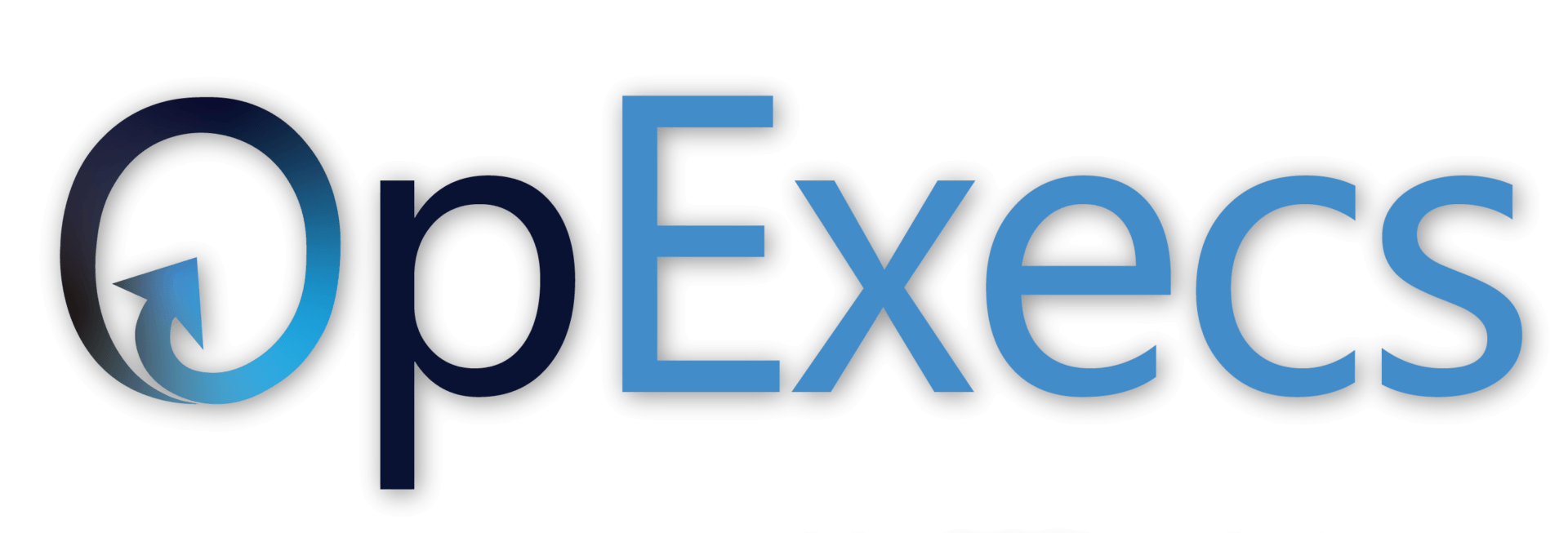Industries
Manufacturing
Build stronger processes with fewer failures and waste
There are many reasons why manufacturing businesses have adopted continuous improvement to positively impact their operations. For starters, creating an environment that thinks, eats and sleeps excellence will help to develop a well-trained workforce, achieve better financial performance, enhance safety compliance and build stronger processes with fewer failures and waste.
If your workforce is engaged and self-sufficient, they will be more productive. They will also tend to maintain the work standards because they’re bought-in to the system. By empowering your workforce to make changes they will implement new ideas without the fear of failing. In turn, this creates people who feel more engaged and focused on developing a better way every day.
Operational Performance improvement can be broken out into several categories;
- Increasing customer loyalty and satisfaction by focusing on resolving key customer pain points
- Reducing cycle times to fabricate and/or assemble a product by implementing continuous flow or single-piece flow.
- Improving supply chain efficiency by implementing stock keeping controls, planning and procurement processes.
- Reducing defects shipped to customers by implementing problem-solving techniques and mistake proofing - Poke Yoke
- Increasing machine up-time and labor utilization by measuring and implementing an Overall Equipment Effectiveness program
- Shrinking lead times from order receipt to shipping by developing a Value Stream Map, kaizen events and measuring the right KPIs
- Boost profitability by reducing waste through Lean and continuous flow principles
How We Helped
Consumer Goods company builds on existing success with new planning cycles.
Opportunity: A highly profitable and successful consumer goods company was delivering poor customer performance during their peak season. On-time delivery of product was below 80% and variable costs soared during that time frame (mid 4th quarter through 1st quarter). The company experienced very high employee turnover, excessive overtime and expedited freight costs. The root cause of the problem was lack of planning during peak season. The company was performing in a reactive manner and was at risk of losing market share. The following actions had to be taken:
- Annual planning review cycle was implemented using historical sales trends
- Rough cut capacity and production planning process was created to support the annual plan
- The operating plan created a level loaded output plan that optimized use of traditionally slower demand requirement times during the year
